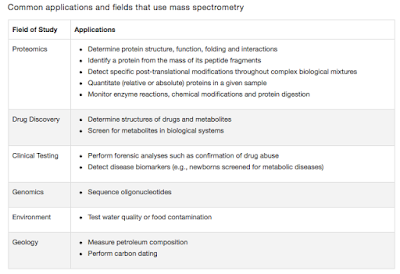SARS CoV 2: Is it evolving & how many Subtypes?
For almost 5 months now, the centre stage of infectious diseases has been taken by SARS CoV 2. The pandemic has hit every region of the globe. At the time of writing this post, a total of more than 3.52 lakh deaths have been confirmed (See Fig 1. For up to date case statistics check this link). There is an unprecedented level of research being thrown into the development of vaccines and drugs. But there is one question that's being asked which needs to be answered. Is the SARS CoV 2 actually evolving and how many types are really known?
 |
| Figure 1: SARS CoV 2 Statistics as available on 26th May 2020. |
To date, more than 32,139 viral genomic sequences of SARS CoV 2 are available for researchers to mine (Link). There are also several other databases including These include ViPR, COVID-19 UniProtKB, hCov-19 and COVID-19 GenomePedia that are currently tracking mutations.
 |
Figure 2: Map showing 3176 of 3207 genomes sampled between
Jan 2020 and Apr 2020. Source
|
So does that mean the virus is evolving and branching? The answer, unfortunately, is not fairly simple.
One group of scientists would argue that genomic level variation is seen consistently and is groupable suggesting that there is a branching of lineages. Indeed, as seen from the map in Fig 2 a cluster can be clearly made out indicating that certain subtypes are predominant in various geographical regions. This means two things. First, there is a subtype distinctive enough by their genomic signature. Second, the predominance of a subtype in a geographical area indicates that the virus has evolved to its local population.
One group of scientists would argue that genomic level variation is seen consistently and is groupable suggesting that there is a branching of lineages. Indeed, as seen from the map in Fig 2 a cluster can be clearly made out indicating that certain subtypes are predominant in various geographical regions. This means two things. First, there is a subtype distinctive enough by their genomic signature. Second, the predominance of a subtype in a geographical area indicates that the virus has evolved to its local population.
Not everyone is convinced on the other side of the debate. Viruses being quasispecies and mutations being quite common, many scientists opine that just mutations don't qualify for being called as a subtype. In theory, a virus becomes a subgroup if there is a different phenotypic character associated with that genetic change. For example, they bind to a different receptor, has altered cell specificity, there is a drastic change in virulence property etc.
There is only one strain of SARS-CoV-2. The first virus isolate, taken from a Wuhan patient in December 2019, is the same strain as the most recent isolate taken anywhere else in the world in May 2020. So far no one has shown that any of these virus isolates differ in any fundamental property.
- Vincent Racaniello (Link)
 |
| Fig 3: Founder effect vs Bottleneck effect. |
The blog post quoted above relies on the principle of "Founder effect". Let's take a small detour to understand what is "Founder effect". To explain in simplest possible terms, when a very small number of starting genetic material is propagated and established, you get a founder effect. Such a "founded" population will actually have a lower genetic variation and appear distinctive, from the original population. In reality, the founded population has dominated and thus the genetic sequencing will show predominance with very low numbers from the original population (Referred to as "noise"). Do not confuse this with the concept of "Bottleneck evolution" though both are related concepts. Fig 3 gives you a comparison of both for reference.
 |
| Table: Mutations observed in Spike Protein of SARS CoV 2. Source |
 |
| Figure 4: Location of D614G mutation in Spike protein of SARS CoV 2. Source |
Coming back to the core question, "Is the SARS CoV 2 actually evolving and how many types are really known?". At this point in time, based on the above arguments my understanding is that the virus is not really evolving (No evidence of evolution), and there is only one real subtype. However, there are several genotypes (Genomic subtypes) that do not differ in their phenotypic properties. The genotyping is useful only to understand the transmission dynamics. In practice, all the isolates to date are the same with reference to their phenotypic characters of virulence and pathogenesis.





Comments
Post a Comment